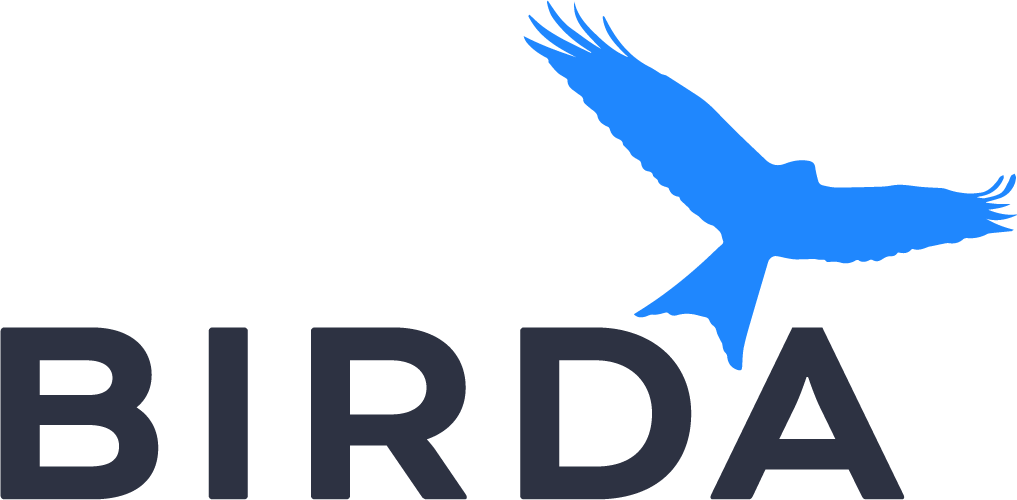
Tundra Swan
Cygnus columbianus
The Tundra Swan, Cygnus columbianus, is the smallest of the Holarctic swans, a delicate and majestic bird, clothed in pure white plumage. With a wingspan stretching between 168 to 211 centimeters, it is a sight to behold as it takes to the skies. The adult swan's bill is mostly black, adorned with a salmon-pink streak and, depending on the subspecies, a touch of yellow. The dark brown iris of the swan's eye is a subtle contrast to its snowy feathers.
Identification Tips
Adult Tundra Swans are recognized by their all-white plumage and black feet. The bill is mostly black with a salmon-pink streak. The Bewick's Swan, a smaller subspecies, has more black than yellow on its bill, while the Whistling Swan features a mostly black bill with a small yellow spot. Immature swans have a mix of white and dull grey feathers, particularly on the head and upper neck.
Habitat
These swans breed in the tundra's shallow pools, lakes, and rivers. In winter, they prefer grasslands and marshlands, often near the coast, and are known to visit harvested fields for grains.
Distribution
The Tundra Swan has a circumpolar distribution, with the Bewick's Swan inhabiting the coastal lowlands of Siberia and the Whistling Swan breeding in Alaska and Canada. They migrate to various wintering grounds, including the British Isles, the Pacific coast of Asia, and the Atlantic coast of the United States.
Behaviour
Tundra Swans are territorial during the breeding season but become sociable in winter. They are vocal birds, especially in flocks, and can be seen foraging mainly by day, often aggressively defending their territory.
Song & Calls
The calls of the Tundra Swan are high-pitched and honking, similar to a black goose. The Bewick's Swan has a soft, ringing bark, while the Whistling Swan's flight call is a high-pitched trill. Their vocalizations are a key aspect of their social behavior, particularly during migration.
Breeding
Monogamous pairs mate in late spring, building large mound-shaped nests. The female lays 2-7 eggs, which she incubates while the male stands guard. Cygnets grow quickly due to the cold climate, with Whistling Swan cygnets fledging in about 60-75 days.
Similar Species
The Bewick's Swan can be confused with the Whooper Swan but is smaller with a more rounded head and different bill pattern. The Whistling Swan is similar to the Trumpeter Swan but can be distinguished by its smaller size and bill characteristics.
Diet and Feeding
During summer, Tundra Swans feed on aquatic vegetation, while in other seasons, they supplement their diet with leftover grains and crops from fields. They forage by day, dipping their heads underwater or upending while swimming.
Conservation status
The Tundra Swan is classified as Least Concern by the IUCN. However, habitat destruction, water pollution, and hunting pose threats to their populations. Conservation efforts focus on habitat protection and reducing lead poisoning from spent shot.
In the voice of David Attenborough, we have explored the Tundra Swan, a bird of serene beauty and remarkable adaptability, thriving in the harshest of climates and gracing our skies with its elegant flight.










































































